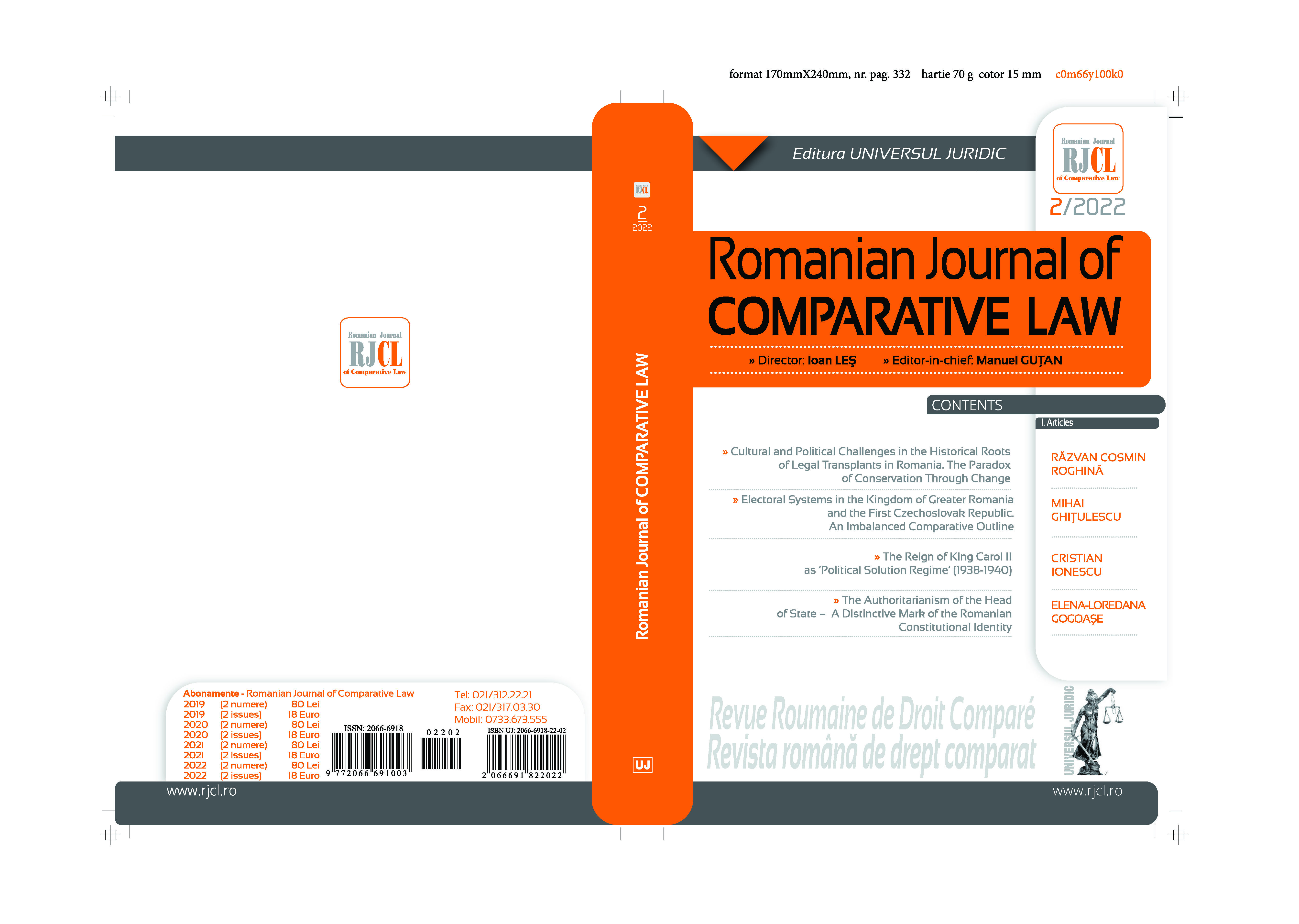Electoral Systems in the Kingdom of Greater Romania and the First Czechoslovak Republic. An Imbalanced Comparative Outline
Electoral Systems in the Kingdom of Greater Romania and the First Czechoslovak Republic. An Imbalanced Comparative Outline
Author(s): Mihai GhițulescuSubject(s): Law, Constitution, Jurisprudence, Civil Law, Political history, Government/Political systems, Electoral systems, Comparative politics, Interwar Period (1920 - 1939)
Published by: Universul Juridic
Keywords: Romania; Czechoslovakia; Interwar Period; Democracy; Electoral System;
Summary/Abstract: In this article, I propose a comparison between interwar Romania and Czechoslovakia in terms of a specific aspect, crucial for democracy and playing a key role in the operation of the two regimes: the electoral system. I use this concept in its strict meaning, that of “set of rules that structure how votes are cast at elections for a representative assembly and how these votes are then converted into seats in that assembly” (Gallagher, Mitchell). More specifically, I shall focus on three issues composing the electoral system in a narrow meaning: (1) district/constituency magnitude (the number of seats allotted to each territorial unit delimited by the law or under law-established criteria); (2) ballot structure (the presentation of the candidates – individually or on more or less open lists – and the type of voting – single, multiple, limited etc.); (3) electoral formula (the calculation method established by the law to convert votes into seats and allocate seats to individual candidates). I try to argue that, in both cases, the very different electoral systems have largely contributed to the longevity of the formally but not essentially democratic political regimes and, also, that the Czechoslovak system would not have been a viable model for Romania, as it was believed at that time.
Journal: Revista Română de Drept Comparat
- Issue Year: 2022
- Issue No: 02
- Page Range: 227-260
- Page Count: 34
- Language: English
- Content File-PDF

